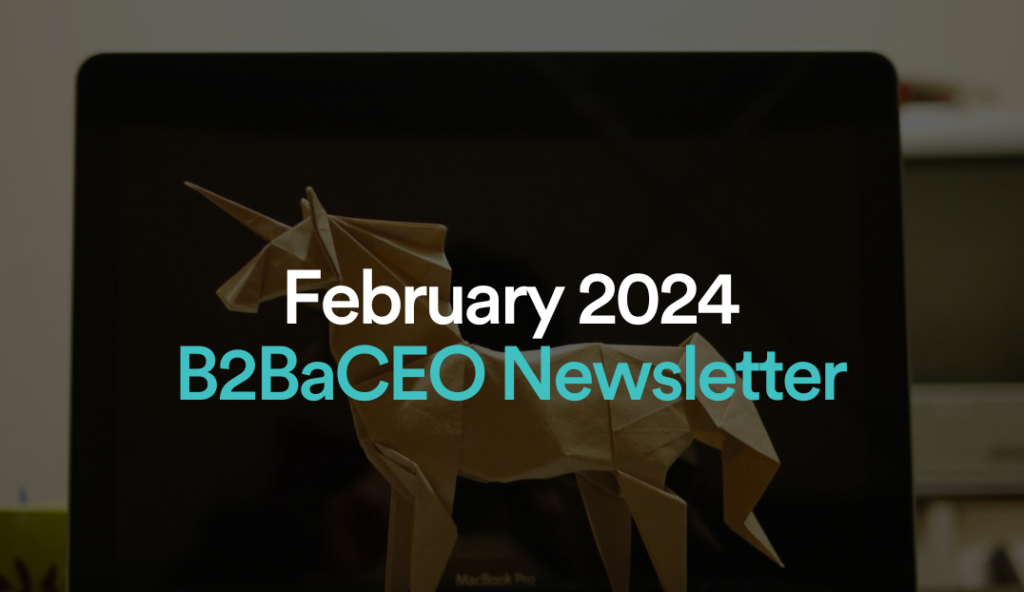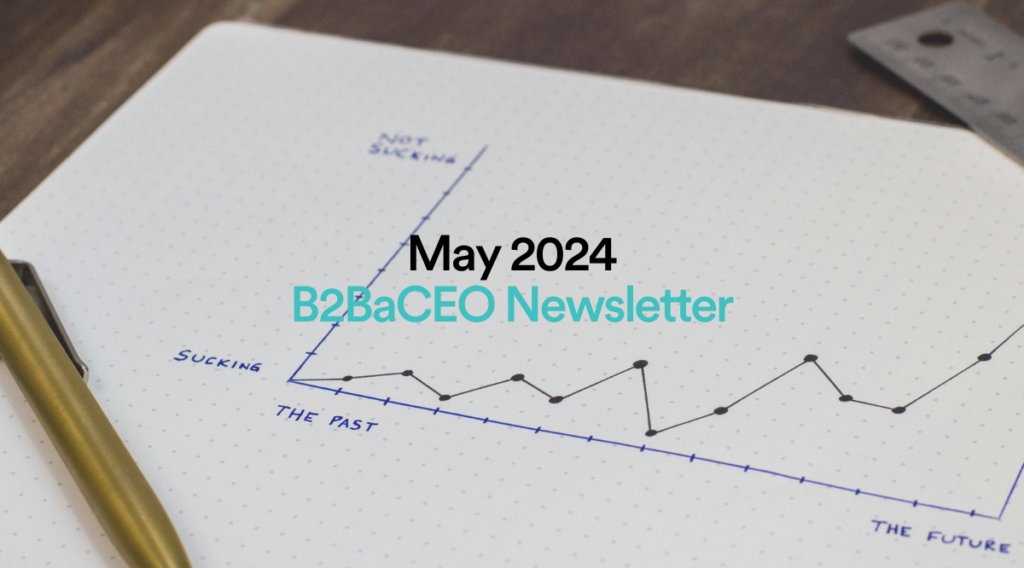Episode 53
Three breakthroughs driving AI forward
with Srinath Sridhar, Founder of Regie.ai
07.16.2024 | By: Ashu Garg
Episode 53
Sri and I explore how he knew in 2019 that LLMs would be a game-changer. And how he built a company around them.
Srinath Sridhar has a knack for seeing the future of AI before others catch a glimpse. As a Ph.D. student at Carnegie Mellon, Sri recognized the importance of phylogenetic tree algorithms in genetic sequence analysis, and his dissertation on this topic was cited by Science magazine as a breakthrough of the year in 2007. He designed and patented some of Google’s web search ranking algorithms. A few years later, he built Facebook’s first ML-based search ranking algorithm. As founding and principal engineer at BloomReach, he designed and patented that company’s early AI-powered ad and search products.
Because of his deep background in AI, Sri knew in 2019, well before ChatGPT’s launch, that LLMs would open up new possibilities for AI-native products. So he branched out and built a company around them. That company is Regie.ai, which uses AI to automate sales prospecting for enterprise companies.
Foundation Capital funded Regie.ai in October 2020, based on Sri’s early insight that GPT-3 and subsequent AI models would be able to synthesize and write emails. In strategy sessions, Sri and co-founder Matt Millen realized that this capability could be pointed in the direction of demand generation for enterprise sales. Demand generation involves a number of rote tasks that distract sales reps from the core work of landing a sale—things like writing email sequences, scheduling calls, responding to prospects, etc. Today, Regie’s Auto-Pilot automates these tasks, freeing up reps to focus on more impactful work. In the past four years, the Regie team has grown to 45 employees, raised more than $20 million, and landed on G2’s list of fastest-growing software products of 2024.
The Regie.ai team is transforming demand generation, but getting there wasn’t smooth for Sri. We discussed that journey in a recent episode of B2BaCEO. Moving beyond his personal story, I wanted to dig into a few developments that a technologist like Sri believes will push AI and his company forward. Here are three that he highlighted.
1. AI agents will act as the “brains” in enterprise workflows.
In years past, generative AI’s most remarkable capabilities were built around writing truly impressive large pieces of text. The future will be at the intersection of APIs: given a set of public and/or private APIs, how does generative AI utilize them to produce truly impressive results?
Inside any large company, engineers must figure out how to orchestrate multiple API calls to solve complex problems like connecting with outside systems or keeping in compliance. Sri believes AI agents can solve these problems faster and more effectively.
“Everybody’s talking about agents these days,” he says. “An agent has the ability to make all of those calls to APIs. What can it do with those calls? I think there’s going to be a lot of magic.”
Everybody’s talking about agents these days. An agent has the ability to make all of those calls to APIs. What can it do with those calls? I think there’s going to be a lot of magic.”
An agentic system is one that takes an overall goal, breaks it down into a series of steps, and executes that sequence, transferring output from one step to the next, combining outputs to achieve an outcome.
Regie agents today tackle the complex problem of sales prospecting. An agent identifies a new lead that matches a client’s ideal customer profile, based on CRM and third-party data. The lead is then scored and prioritized as a high-potential prospect using machine learning models and intent data analysis.
Next the agent uses reinforcement learning with constrained optimization to determine the next best action for the lead in the sequence. Say it’s an introductory email; the agent uses a prompt tailored to the lead’s persona, pain points, and value propositions and customizes the prompt with the lead’s details. The LLM then generates the email content, and the agent autonomously sends the email to the lead. If the lead doesn’t reply but demonstrates interest through intent or engagement, the agent creates a priority call task for the sales rep, detailing key talking points and suggested next steps, or a social connection task, bringing the human in the loop when it matters most.
Sri and the Regie.ai team had a headstart working on agents, thanks to their AI assistant product, which they brought to market in 2022. Today, their AI agents are generating millions in pipeline autonomously for some of the biggest B2B brands.
2. Organizations are adopting multimodality and finding uses for synthetic voice.
It’s taken longer than anticipated for people to get comfortable with AI-generated voice and video, but these two technologies are finally gaining traction in the real world. Sri noted that the former Pakistani Prime Minister, Imran Khan, delivered wildly popular speeches in a recent election using AI-generated voice and video, all while he was serving jail time. “He basically won the popular vote,” Sri relates. “I think the history books will write it as the first time someone actually ran an entire election campaign with synthetic voice and synthetic videos.”
Such tests are rolling out in Regie.ai’s software, and in wider enterprise applications. Consider the outgoing phone call to a prospective client in the example above. Currently, LLMs can use a prospect’s interests, pain points, and buying behavior to create a personalized call script that a human salesperson then reads aloud. But recent advances in synthetic voice tech mean the voice itself can now be AI-generated, in a way that closely mimics the sound and quality of the SDR themselves. Regie.ai has developed a number of uses for synthetic voice tech and will bring it to general availability soon.
3. AI will automate work that humans never did.
Plenty of industry watchers are scrambling to assess which job functions can be automated, as AI and software eat into the services market. Which customer support, consulting, or underwriting tasks could be handled more efficiently by machines? “I think that’s a great problem to have and a great problem to solve,” says Sri. Yet a more interesting question to ask may be: which types of work can AI now tackle that humans never could because it was too costly?
Take blood testing. Pathologists are tasked with performing certain types of blood sample analysis while keeping a blood lab’s operating costs within a predefined set of parameters. But advances in AI and image recognition have unlocked new ways to detect rare and malformed cells—a kind of superhuman analysis that can be performed relatively cheaply. Such work was simply impossible before, since it would have required an army of pathologists inspecting each slide.
“It didn’t make sense to spend a million dollars to do somebody’s blood test even to detect cancer, but AI makes that feasible now,” Sri says.
It didn’t make sense to spend a million dollars to do somebody’s blood test even to detect cancer, but AI makes that feasible now.
The future Sri sees is one where AI both automates some human abilities and extends others, carrying out complex enterprise workflows and tackling problems once seen as out of reach. This principle applies inside Regie.ai as well. In the past, sales teams would never have dreamed of sending personalized emails to prospects at 10,000 companies.
“Let’s say you’re focusing on 10 people at each company, so that’s a total of 100,000 prospects you’re reaching out to. You’re never going to personalize each one of those emails,” he says. But technology enlarges what’s possible. “Using AI, you’ll end up creating new products, new processes, and new customer experiences that never existed before.”
Listen in on my full conversation with Sri here.
Published on July 16, 2024
Written By Ashu Garg


